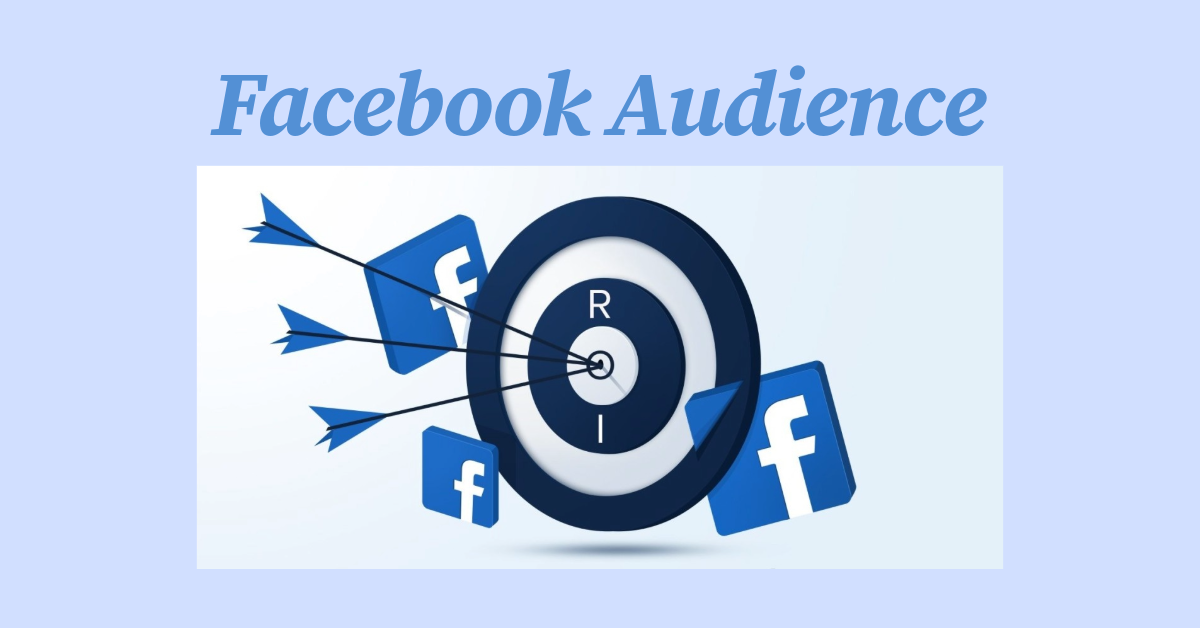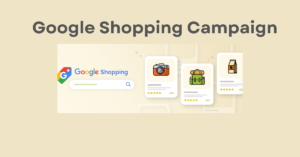One of the most significant factors contributing to the success of any ad campaign is how well you know and target your audience. In the world of Meta Ads (formerly Facebook Ads), understanding your audience is essential to maximize engagement, conversions, and return on investment (ROI). Meta Ads provides a range of tools and targeting options to ensure your ads reach the right people at the right time.
In this blog, we’ll explore the different types of audiences in Meta Ads, how they work, and tips to create and use them effectively.
What Are Audiences in Meta Ads?
In Meta Ads, an audience refers to the group of people you target with your advertisements. Meta allows advertisers to create and manage audiences based on various factors like demographics, interests, online behavior, or past interactions with your business. These targeting options are critical in ensuring your ad spend is directed toward potential customers who are most likely to take action.
Types of Audiences in Meta Ads
Meta Ads offers three main types of audiences:
1. Core Audiences
Core Audiences allow you to target users based on pre-defined criteria such as:
– Location: Target specific cities, regions, or countries.
– Demographics: Focus on age, gender, language, education, job title, etc.
– Interests: Reach users based on their hobbies, activities, or likes (e.g., fitness enthusiasts, travelers, or gamers).
– Behaviors: Target based on purchase behavior, device usage, or travel habits.
Best Use Case: Reaching new audiences that fit your ideal customer profile.
2. Custom Audiences
Custom Audiences let you target users who have already interacted with your business. These audiences can be created from:
– Website Visitors: Track users who’ve visited your website using the Meta Pixel.
– App Users: Reach people who’ve used your mobile app.
– Customer List: Upload email addresses or phone numbers of existing customers.
– Engagement Audiences: Target users who’ve interacted with your Facebook or Instagram page, posts, or ads.
Best Use Case: Retargeting users to encourage conversions or nurturing existing leads.
3. Lookalike Audiences
Lookalike Audiences help you reach new people who are similar to your existing customers or audience. Meta analyzes the characteristics of your source audience and finds users with similar traits, interests, or behaviors.
Best Use Case: Expanding your reach to high-potential prospects who are likely to engage with your brand.
How to Create Audiences in Meta Ads
1. Access Ads Manager
Navigate to Meta Ads Manager and go to the Audiences tab.
2. Choose Audience Type
Select whether you want to create a Core, Custom, or Lookalike Audience.
3. Define Your Audience
For Core Audiences: Use filters like demographics, location, and interests.
For Custom Audiences: Upload customer data, set up the Meta Pixel, or use engagement data.
For Lookalike Audiences: Choose a source audience and define the similarity percentage.
4. Save and Use in Campaigns
Once created, your audience will be available for use in future campaigns.
Best Practices for Audience Targeting
1. Know Your Buyer Persona
Understand your ideal customer’s preferences, challenges, and goals to create relevant audiences.
2. Segment Your Audience
Avoid lumping all potential customers into a single group. Create separate audiences for different buyer stages or interests.
3. Use Retargeting
Engage users who’ve already shown interest in your brand, such as those who’ve visited your website or abandoned a cart.
4. Experiment with Lookalikes
Test different Lookalike Audience sizes (e.g., 1%, 5%, or 10%) to find the best balance between relevance and reach.
5. Refresh Audiences Regularly
Update your Custom Audiences and Lookalikes frequently to ensure you’re targeting the most up-to-date and relevant prospects.
6. Monitor Audience Overlap
Use Meta’s Audience Overlap tool to avoid wasting budget on overlapping audiences.
7. Leverage Exclusions
Exclude existing customers from campaigns aimed at new customer acquisition to optimize ad spend.
Key Metrics to Evaluate Audience Performance
1. Reach: How many people saw your ad.
2. Engagement: Likes, comments, shares, and clicks generated by your ads.
3. Conversion Rate: The percentage of users who completed your desired action.
4. Cost Per Result (CPR): How much you spend to achieve a single action, like a lead or sale.
5. Frequency: The average number of times a person sees your ad. High frequency can indicate audience fatigue.
Why Audience Targeting Matters
Precise audience targeting is the backbone of a successful Meta Ads campaign. Without it, you risk spending your ad budget on people who are unlikely to engage or convert. By using Core, Custom, and Lookalike Audiences strategically, you can:
– Increase your ad relevance.
– Boost engagement and conversions.
– Improve overall ROI.
Conclusion
Meta Ads’ audience targeting capabilities are one of its most powerful features. By understanding the different audience types and using them effectively, you can ensure your ads reach the right people, resulting in higher engagement, better conversions, and stronger business growth.
Start experimenting with audiences in your next campaign and unlock the full potential of Meta Ads!




